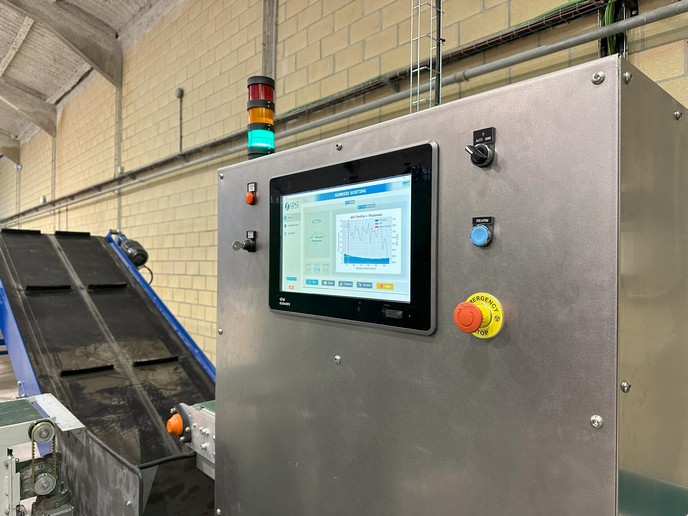3D printing of aerospace structures now 10 times cheaper
Fused filament fabrication (FFF) is one of the earliest additive technologies for building 3D products, prototypes or models. The process utilises a heated nozzle that ejects molten plastic and deposits it in thin layers, one on top of another, onto a printed bed, eventually forming the 3D printed part. With great potential to become the 3D printing technology of choice, FFF can cut costs and lead times in different industries. However, it has so far gained insufficient momentum for revolutionary industrialisation and commercialisation as it can only extrude material up to temperatures of around 280 °C. Other affordable 3D printers on the market are geared towards photopolymerised or sintered materials, ruling out certain high-performance polymers such as polyetherimide (ULTEM) and polyether ether ketone (PEEK).
Higher-temperature materials push the operating envelope of 3D printers
High-performance thermoplastics such as ULTEM and PEEK are unique compared to other 3D-printed plastics. High strength and stiffness, excellent fatigue, long-term heat resistance and broad chemical resistance are just some of the mechanical properties that make this family of thermoplastics highly sought after in aerospace applications. These engineering plastics require much higher temperatures to print properly. Although some FFF 3D printing systems have made some progress in processing materials that have higher melting points, they are still in beta stages. FFF is considered the most promising technology for low-cost PEEK or ULTEM 3D printing, but has not yet seen great success in aerospace applications. The aerospace industry currently utilises the certified and widely available electron beam melting for the production of 3D-printed PEEK parts. The investment in a PEEK-capable electron beam melting system can reach around EUR 1 million.
FFF 3D printing gives back tenfold
Funded under the EU’s Clean Sky 2 programme, SPECTRAL succeeded in developing new affordable and reliable technology for printing 3D products with high added value. As part of the Clean Sky 2 initiative, the 3D printer was developed according to specifications laid down by European aerospace company Airbus. “Given the great need for high-performance engineering materials, industrial-grade 3D printers need not cost astronomical amounts,” notes project coordinator Marilys Blanchy. “Our new industrial-grade PEEK 3D printer costs 10 times less than commercial FFF printers.” The price is a fraction of what industrial-grade electronic beam melting systems cost. To process high-performance polymers, the new 3D printer is equipped with a print chamber that can reach temperatures of up to 240 °C. This high-temperature print chamber minimises warping and ensures interlaminar fusion. Apart from the excellent price-to-print ratio, the system operates quickly and prints with non-proprietary filaments. Project researchers also developed a database that enables the automatic recording and tracking of 3D-printed parts. The SPECTRAL project has provided aerospace manufacturers with affordable technology to produce lightweight parts that contribute to cuts in fuel consumption and thus emissions. The new machinery is one of the few 3D printing technologies available that meet an acceptable quality level for the industry.
Keywords
SPECTRAL, 3D printer, polyether ether ketone (PEEK), fused filament fabrication (FFF), aerospace, polyetherimide (ULTEM), electron beam melting, Clean Sky 2







